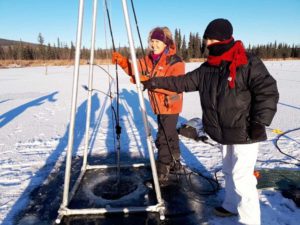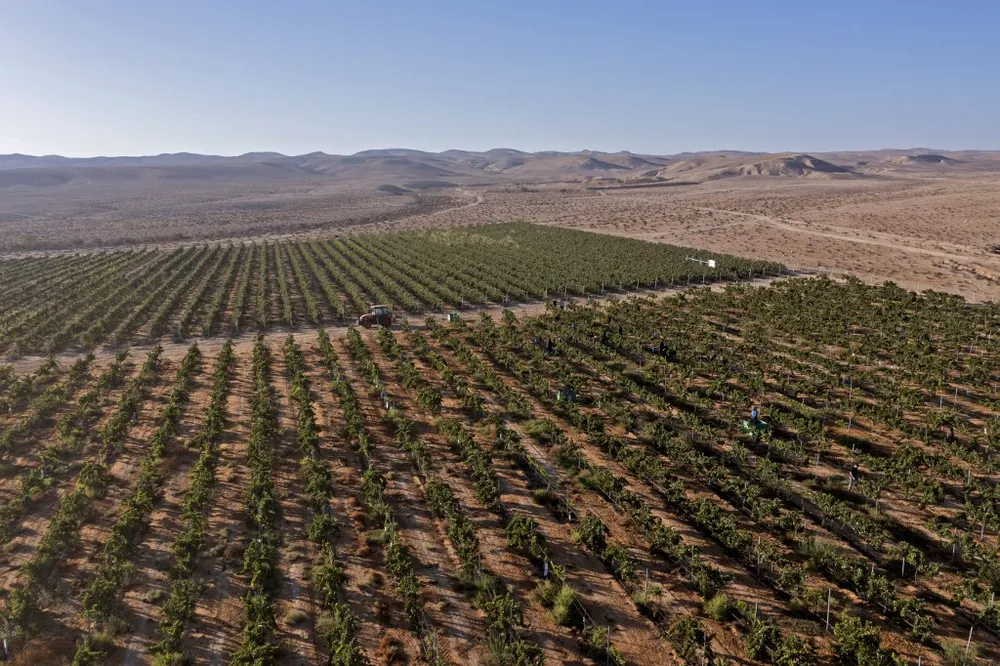
Jerusalem Post: Greenhouse Gases Released Due to Permafrost
Jerusalem Post: Greenhouse Gases Released Due to Permafrost
July 26, 2022
Natural Sciences, Sustainability & Climate Change
The Jerusalem Post — From the desert to Alaska, a considerable amount of greenhouse gas is being produced and released into the atmosphere due to rapidly thawing permafrost.
Significant amounts of methane – one of the major greenhouse gases – are located in sediment under the permafrost surrounding the Arctic Circle. Permafrost is a supposedly enduring frozen layer on or under the Earth’s surface, consisting of soil, gravel and sand, usually bound together by ice. However, global warming has caused some of the permafrost to thaw and form lakes that are now “hot spots” for methane release into the atmosphere, which heats it up even more. Scientists at Ben-Gurion University of the Negev have now estimated just how much methane is produced and released by these lakes and what the production mechanisms are. This information can be used in climate global warming models.
The largest reservoir of methane is under the seafloor. When methane reaches the surface and the atmosphere, it is known as atmospheric methane, which has increased by about 150% since 1750 and especially in recent decades, apparently due to human activities. It accounts for a fifth of all the long-lived and globally mixed greenhouse gases. It has also been detected on other planets, including Mars, which has implications for astrobiology research.
Prof. Orit Sivan of BGU’s Department of Earth and Environmental Sciences and members of her lab returned from the lakes in central Alaska, where the methane is released from the thawing permafrost into the water and the atmosphere. Sivan’s team published an article about their findings based on a previous sampling campaign recently in the prestigious peer-reviewed journal Global Change Biology under the title “Methane production controls in a young thermokarst lake formed by abrupt permafrost thaw.”
Their findings presented measurements of CH4 production and cycling in Big Trail Lake, a young, actively expanding thermokarst region of rapidly degrading permafrost located in central Alaska. Thawing permafrost causes previously frozen organic matter to be available for microbial degradation and emits additional greenhouse gases.
On a global scale, this may worsen global warming, in particular with regard to methane emissions. Increasingly, the abrupt thawing of large volumes of ice-rich permafrost may be augmenting Arctic CH4 emissions. To anticipate future such emissions, the authors felt it was necessary to understand processes that act at local scales to constrain CH4 production and emissions.




